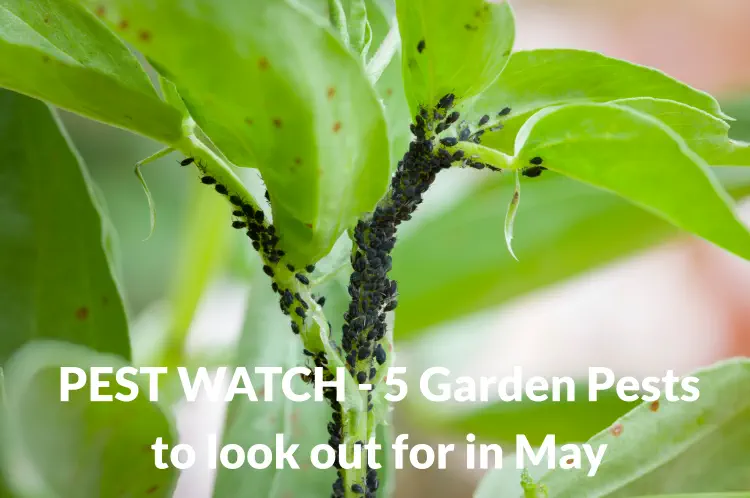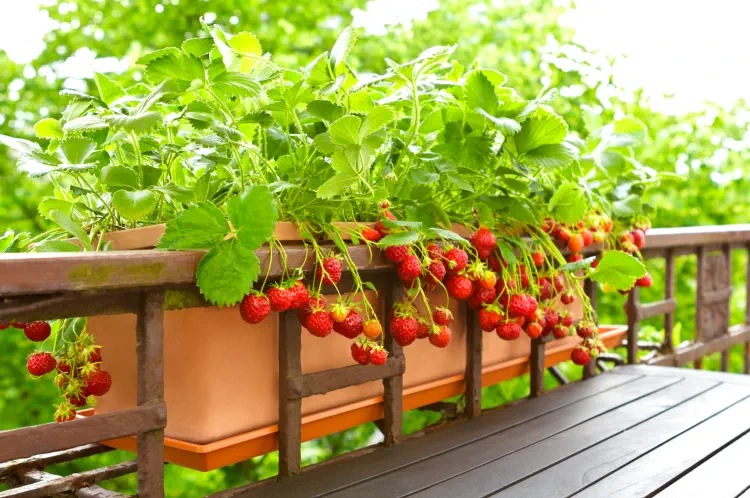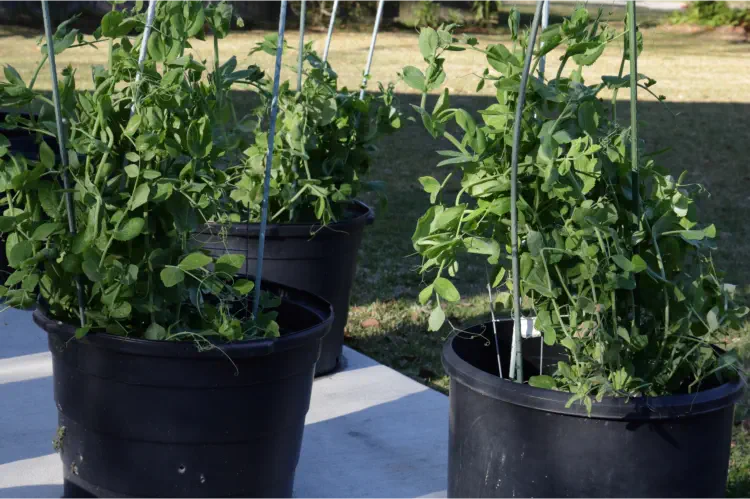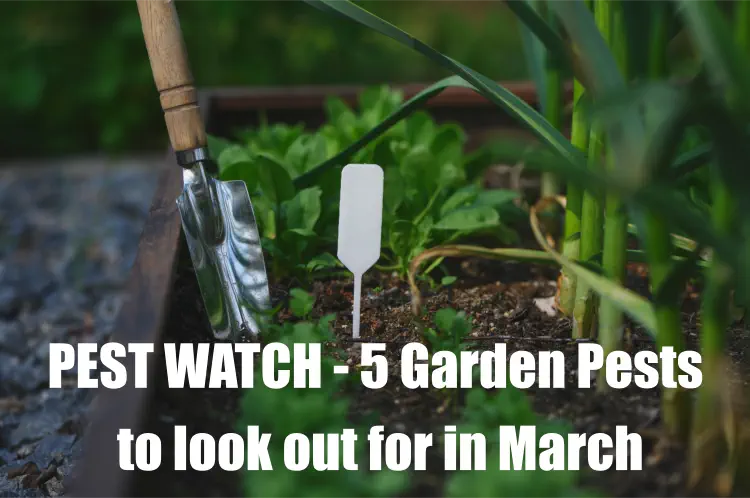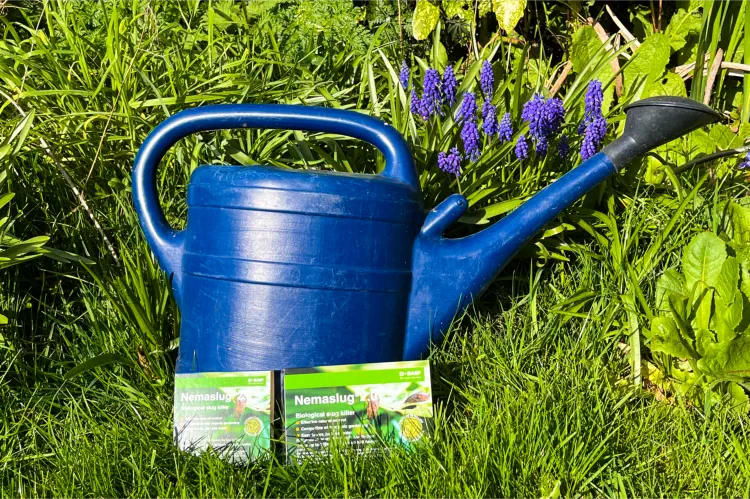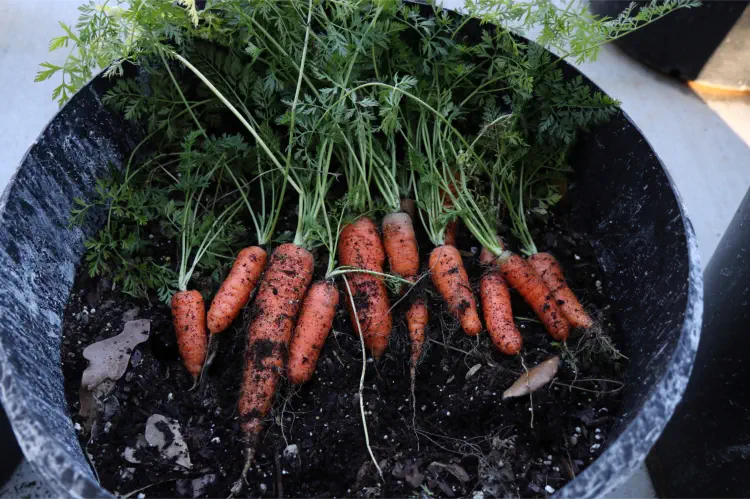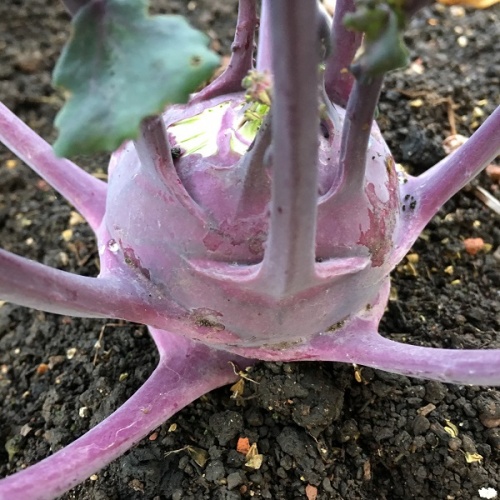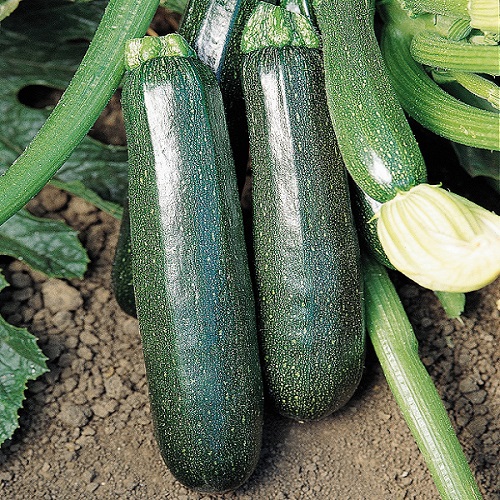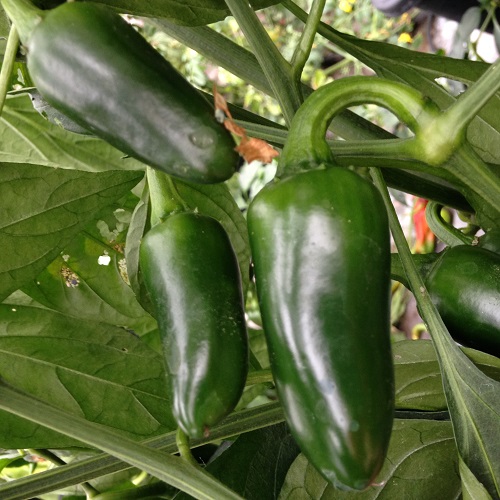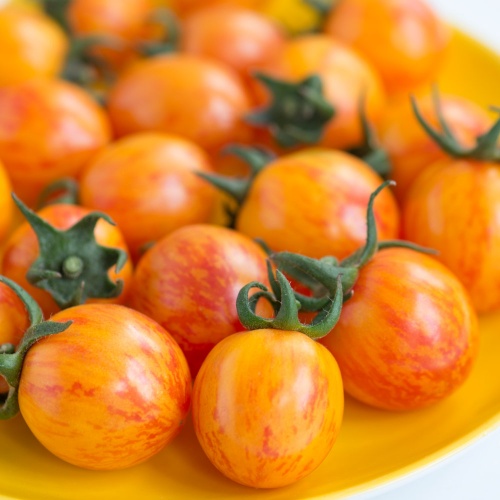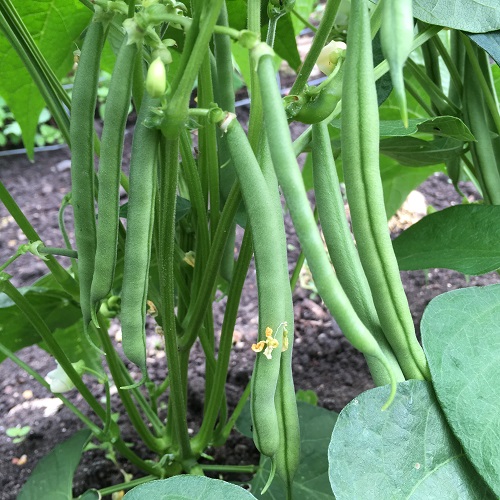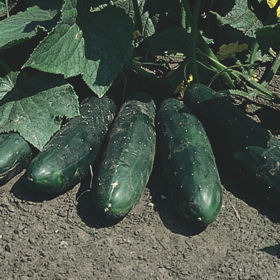As spring unfolds and the garden bursts into life, May heralds a time of vibrant growth and abundant blooms. However, amidst the verdant splendor, gardeners must remain vigilant against the resurgence of common pests eager to feast on tender foliage and burgeoning crops.
When are Carrots ready to harvest?
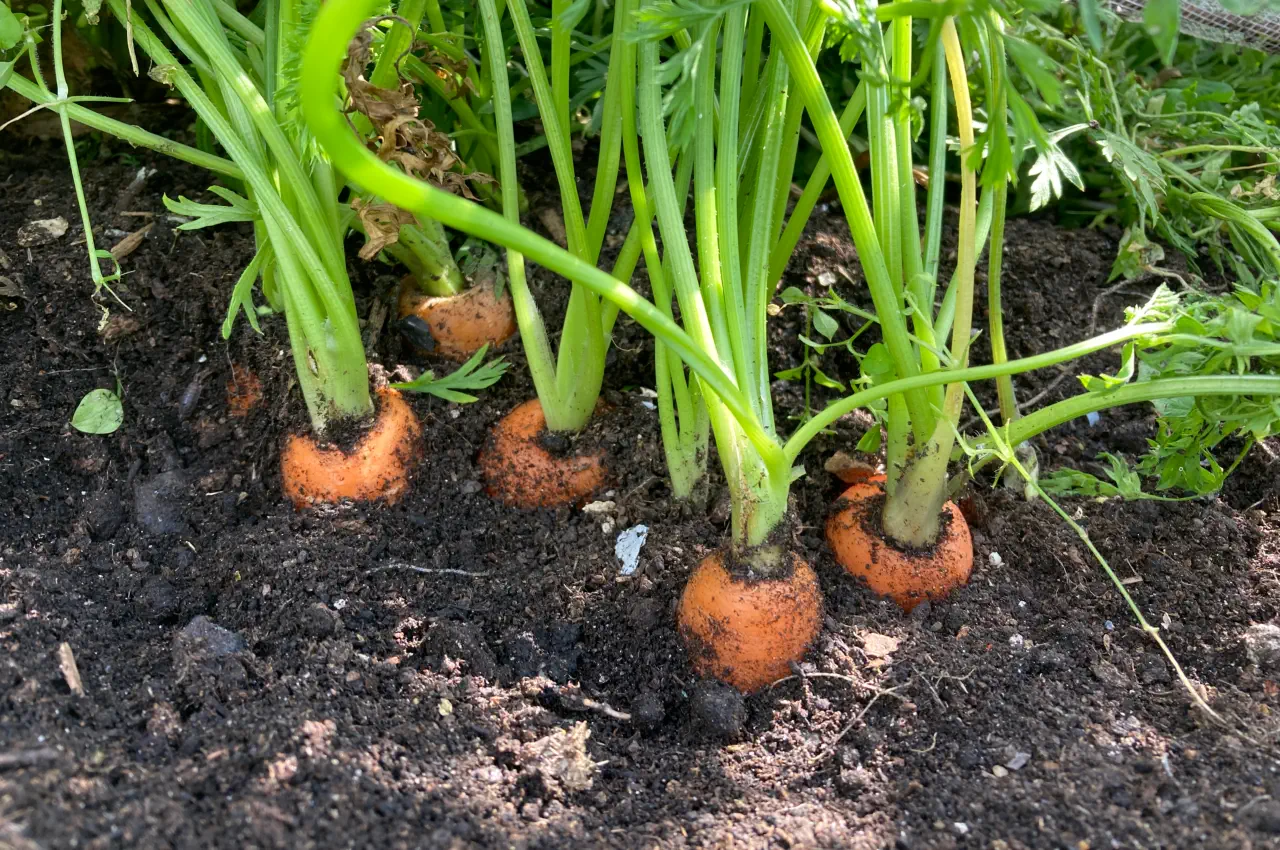
Do you know when it's time to harvest your carrots? If not, don't worry - it's easier than you think. With the right information, preparation, and guidance, you can determine when your carrots are ready to be harvested.
We'll look at how to assess carrot readiness, steps for harvesting them properly, and tips on storing them after they're harvested.
Determining if your Carrots are ready?
Checking the seed packet and online research, understanding variety size at maturity, checking the top of the carrot root, and pulling carrots to check for maturity will help determine when carrots are ready to harvest. Knowing when carrots are ready is important for optimum taste and texture. To ensure your carrots are ripe and sweet, it's important to conduct a few simple tests.
The seed packet or online research can provide you with an idea of how long it takes different varieties of carrot to mature. Generally speaking, most carrots take 60-80 days from sowing seeds to harvest time. It's also helpful to understand the size of each variety you're growing; small or short varieties may be ready sooner than their larger counterparts.
Once your estimated harvest date has arrived, check the tops of carrot roots by gently lifting them out of the soil. If they appear above ground level and are about 3/4 - 1 inch in diameter then they're probably ready for harvest. You can also tug on a few stems near the base of a plant; if they resist then it's likely that those particular carrots need more time in the ground before harvesting.
Steps to Harvest Carrots
Gently tugging on the stems lets you know when it's time to pull up your carrots. To ensure that they are ready for harvest, it is important to adhere to the seed packet's guidelines as well as look out for certain signs. Carrots should be harvested about 60-80 days after sowing seeds, but different types of carrots have different grow times so check the seed packet before harvesting. Additionally, look out for carrot greens that are 10-12 inches tall and shoulders that are 3/4 - 1 inch in diameter.
When the soil is moist, use a hori hori to loosen the soil around the base of each carrot before gently tugging on their stems and pulling them up from the ground. Shake off some of the dirt and make sure there is enough room between each one to allow them to grow properly and receive consistent watering.
Carrots can also be left in the ground for about 4 weeks once matured; however if left too long they may become tough and woody. Make sure you water your garden thoroughly beforehand or wait until you have moist soil before harvesting your carrots.
Harvested carrots should be stored in a cool, dark place either in an airtight container or plastic bag; checking regularly for spoilage. You could also consider pickling or freezing them as storage options or even conduct a taste test if you're curious about sweetness levels prior to storage!
Factors Affecting Carrot Growth and Storage
Providing enough space for the roots to grow and avoiding overcrowding, as well as keeping a consistent watering schedule, will ensure your carrots mature properly and can be stored effectively. To achieve this, it's important to give carrots plenty of room to grow; establish rows that are 15-30cm apart when sowing seeds. Carrots also need at least 6 hours of sunlight per day in order for them to reach their full potential. If you're having trouble with weeds or pests like carrot fly, consider using fleece or mesh to cover crops.
When it comes time to harvest your carrots, make sure they've been given enough time - generally 12-16 weeks after sowing for maincrop varieties - so they're nice and sweet. Have a look at the seed packet before harvesting too; different types of carrots have different growing times. Checking the tops of the carrot root is another way to tell if your crop is ready; once they reach 10-12 inches tall, you know they're close! Finally, gently tug on the bottom of each stem and pull the carrots up; if they come easily out of the ground then you know they're ready.
Once harvested, there are various ways you can store your crop: refrigeration works well while freezing or pickling are other options depending on how much you want to preserve them for later use. Don't forget about airtight containers or plastic bags too! However you choose to store them though, remember that checking regularly for spoilage is key - once carrots start going bad it happens quickly!
With these tips in mind, enjoy reaping all the benefits that come with growing your own fresh produce!
Signs That Indicate When to Harvest Carrots
When it's time to pick your carrots, make sure you've followed the timeline on the seed packet and given them enough time to mature - generally 60-80 days after sowing.
There are a few signs that will let you know when your carrots are ready for harvest. Firstly, check the top of the carrot root; if it is 3/4 to 1 inch in diameter then they should be ready. Secondly, gently tug on the bottom of the stems; if they pull up easily then they can be harvested. Additionally, look at the greens above the soil – they should measure 10 to 12 inches tall before harvesting. Lastly, conduct a taste test - if your carrots are sweet then they're ready!
Make sure you water your garden well before harvesting and use a garden fork to loosen up any soil around each carrot before pulling them out.
Harvesting baby carrots is also an option; thinning rows and leaving some room between plants will ensure that smaller carrots have enough space to grow.
Once harvested, you can store them in airtight containers or plastic bags in a cool dark place for later use. Alternatively, consider preserving methods such as freezing or pickling for longer-term storage options!
Harvesting Carrots
Pulling the stems of the crop can help determine if they're ripe and ready to harvest.
To begin harvesting carrots, thin out rows so that plants have enough room to grow, as overcrowded crops will produce smaller roots. If you're looking for baby carrots, you can do a quick harvest of any small-sized carrots in the row first.
When it comes time to harvest mature carrots, check the top of the carrot root for size - 3/4-1 inch in diameter is ideal. Gently tug on the bottom of each stem and then use a hori hori or garden fork to loosen up soil around them before pulling them out completely. Shake off excess dirt as much as possible when removing them from the ground.
Factors such as sunlight, water, and how crowded your garden is will affect how quickly your carrots are ready for harvesting - generally about 60-80 days after sowing seeds.
Once harvested, remove their tops before storage and store them in either airtight containers or plastic bags in a cool dark place like a fridge or cellar until needed. Don't forget to check your stored carrots regularly for spoilage!
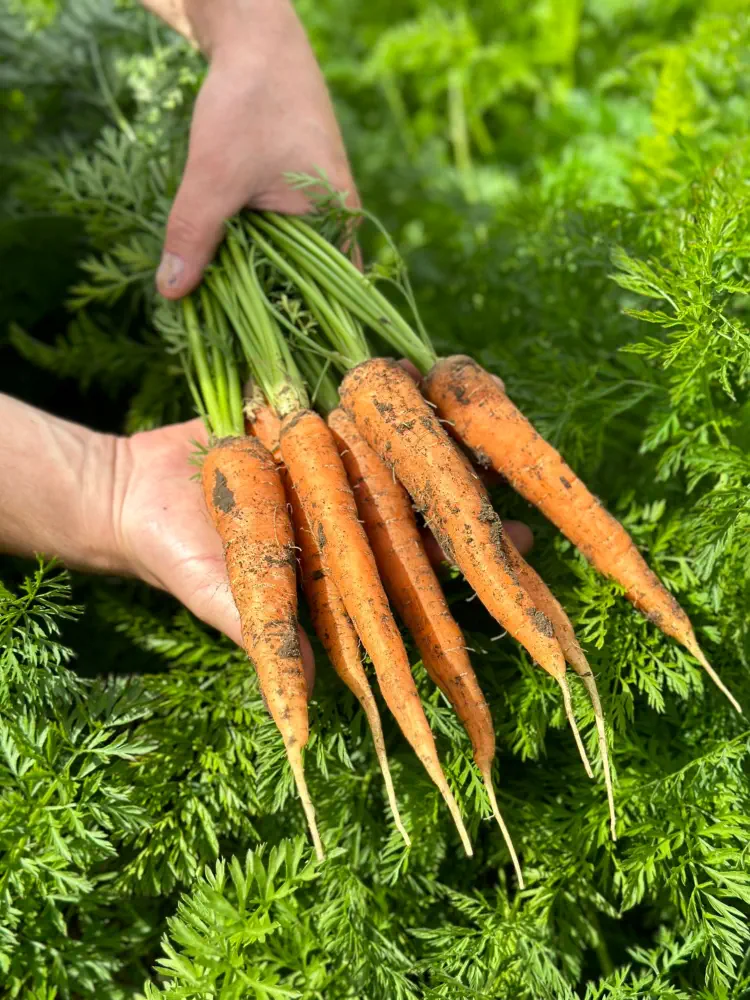
Storing Harvested Carrots
Once you've harvested your carrots, removing their tops and storing them in airtight containers or plastic bags in a cool, dark place like a fridge or cellar will help keep them fresh until you're ready to use them. Carrots can be stored for several weeks when properly prepared and stored. To ensure the carrots stay as fresh as possible, it's best to remove the greens before storage. This will stop moisture from entering the root which could lead to spoilage. The temperature of where they're stored is also important - aim for around 40-45°F (4-7°C). If this isn't possible, refrigeration is an acceptable alternative.
You may want to consider a few other ways of preserving your carrot harvest too. Canning or freezing are two popular options that allow you to store carrots for longer periods of time without impacting their taste or texture. Pickling is another way to enjoy your home-grown carrots; pickled carrots are great for snacking on or adding flavour and crunchy texture to salads and sandwiches.
Regardless of how you choose to store them, it's important to check the carrots regularly for spoilage before using them. Any discoloration, soft spots, mould growth, or unpleasant odours indicate that the carrot should not be consumed and should be discarded immediately. With proper storage methods in place and regular checks on quality, your freshly harvested carrot crop can last months longer than if left out in the open!
Conclusion
You can determine when your carrots are ready to harvest by looking for signs like roots reaching full size, leaves turning yellow, or the time guideline on the seed packet.
To harvest them, carefully dig around the root with a garden fork and pull it out of the ground.
Make sure to store harvested carrots in a cool and dark place for best results.
Do you have any good carrot growing tips we haven't covered? Let us know with a comment below....
All blog content on this page is copyright of SimplySeed and is not to be reproduced without prior written permission. ©

